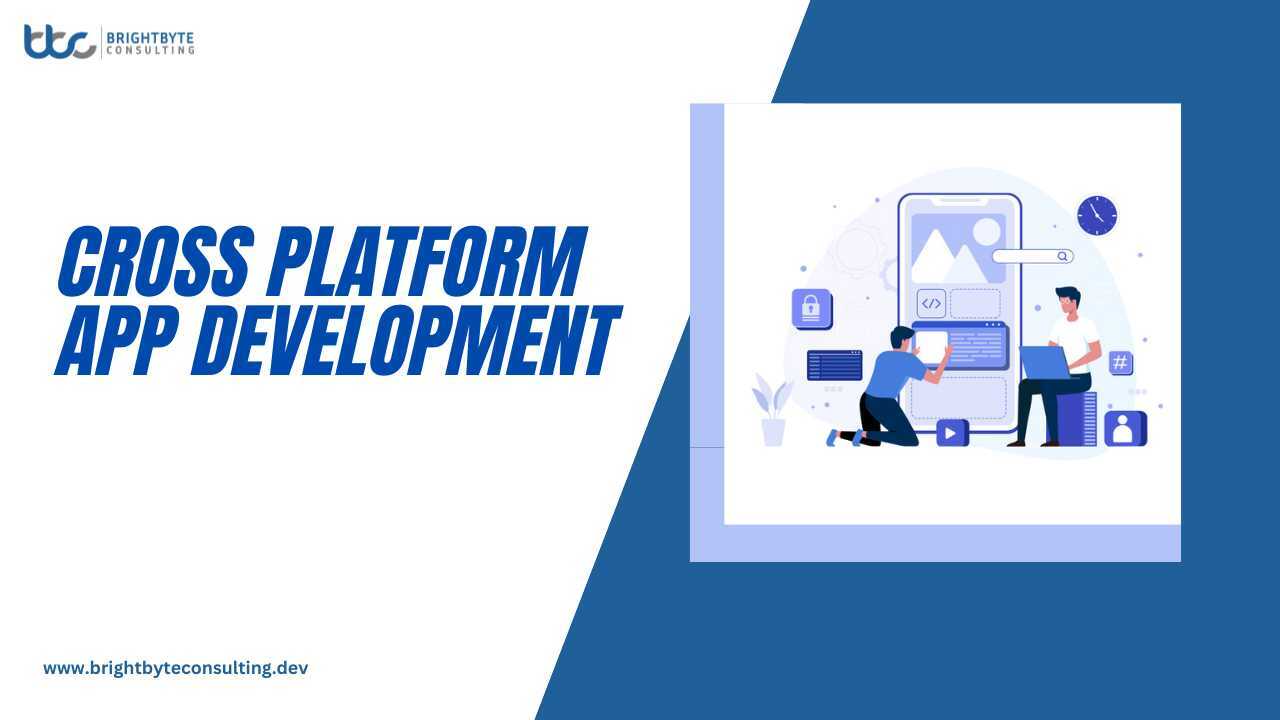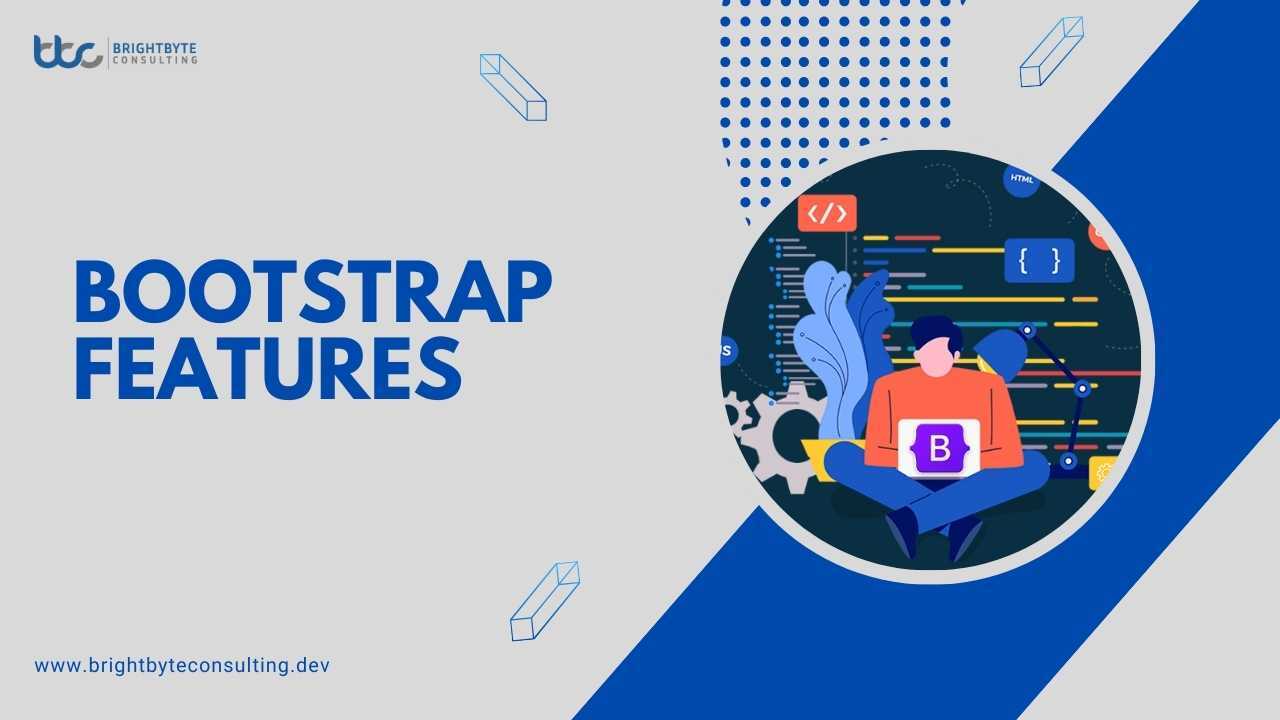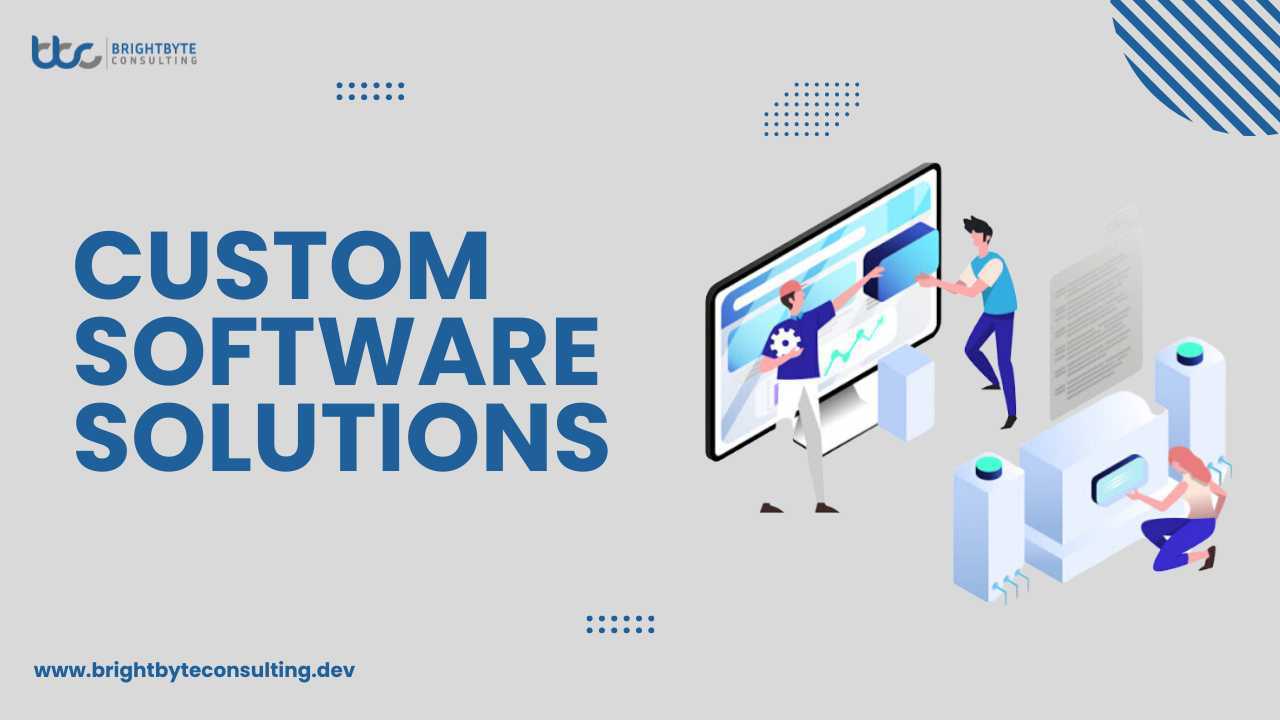Ever dreamed of creating a mobile app but worried about the time and cost of building separate versions for iOS and Android? Look no further than cross-platform app development!.This approach lets you create a single app that runs seamlessly on both major mobile platforms (iOS and Android) using a shared codebase.
Cross Platform App Development
Imagine building an app that works on iPhones and Android phones without creating two separate apps. That’s the magic of cross-platform app development! It’s like a universal translator for apps, letting you code once and have it run smoothly on different devices.
Benefits of Cross Platform App Development
Here are the benefits of cross platform app development, which are discussed below:
Cost Efficiency
Developing one app for multiple platforms saves money by avoiding the need for separate teams and codebases. This helps businesses make the most of their resources and deliver quality apps without overspending.
Faster Time-to-Market
Building apps for different platforms simultaneously speeds up the process, letting businesses launch quickly. By using shared resources and code, updates and new features can be rolled out faster, giving them an edge over competitors.
Consistent User Experience
Cross platform frameworks ensure that apps look and work the same on all devices, keeping users happy and loyal. This builds trust in the brand and keeps users coming back for more.
Wider Audience Reach
Targeting iOS, Android, and other platforms means reaching more people. By being available everywhere, businesses can attract more users, increase revenue, and stand out in the crowded app market.
Cross Platform App Development Frameworks
Before going for cross platform app development frameworks we should know what they are?
What are Cross-Platform Frameworks?:
Imagine building a house. Traditionally, you’d need different blueprints for a brick house and a wooden one. Cross-platform frameworks are like universal blueprints for mobile apps. They act as a middle ground, letting you write code once iOS and Android devices understand it.
Several frameworks facilitate cross platform app development, each offering unique features and capabilities. Some popular frameworks include:
- React Native: This tool uses JavaScript, a widely known language, for code sharing. It is great for developers who are familiar with web development. Developed by Facebook, React Native allows developers to build native-like mobile apps using JavaScript and React.
- Flutter: Google’s Flutter framework enables the creation of high-performance, visually appealing apps using a single codebase. It is ideal for building apps that focus on smooth animations and graphics.
- Xamarin Leverages C# for code sharing, making it perfect for developers already using Microsoft tools. Xamarin allows developers to build cross-platform apps using C# and .NET and offers seamless integration with Visual Studio.
Choosing the proper framework for your app depends on its complexity and the skills of your development team. More superficial apps work well with most frameworks, while complex ones may require native development. Ensure your team is comfortable with the framework for a smooth development process. Cross-platform frameworks allow for a larger audience for mobile apps on iOS and Android.
Cross Platform App Development Process
Have you ever dreamed of creating a mobile app that everyone can use, regardless of whether they have an iPhone or an Android phone? Cross-platform app development is your answer! It’s like building a bridge between two worlds, allowing you to create a single app that works flawlessly on iOS and Android devices. But how exactly does it work? Let’s dive into the details!
1: Planning of App
Every great project starts with a plan. Here, you’ll figure out what your app will do and who it’s for. This is like sketching a blueprint for your dream app. Ask yourself:
- What problem does your app solve?
- What features will make it valuable and engaging?
- Who is your target audience? Are they fitness enthusiasts, music lovers, or something else entirely?
Knowing the answers to these questions will guide you in choosing the right features and functionalities for your app.
2: Picking Your Tools
Now, it’s time to choose your weapon – the cross-platform framework! Think of these frameworks as translation kits. They allow you to write your app’s code in a way that both iPhones and Androids can understand. Popular options include:
- React Native: Uses JavaScript, a standard web development language, making it familiar to many developers.
- Flutter: Offers its programming language (Dart) and is known for creating smooth, high-performance apps.
- Xamarin: Leverages C#, a language often used by Microsoft developers, making it a good fit for teams already comfortable with those tools.
The best framework for your app depends on its needs and your development team’s experience. When choosing, consider factors like the complexity of your app and your team’s coding skills.
3: Building of App
With your plan in place and your framework chosen, it’s time to start building! This involves writing the code for your app using the chosen framework. Think of it like assembling building blocks, one by one, to create your final masterpiece.
4: Testing
Just like you would only open a bridge by testing its safety, you want to make sure your app works smoothly before launching it. This is where rigorous testing comes in. You’ll need to test your app on various iPhone and Android devices to ensure it functions correctly and delivers a great user experience on both platforms.
5: Launching
Congratulations! You’ve built a cross-platform app that works seamlessly on iOS and Android. Now it’s time to share it with the world! Upload your app to the Apple App Store and Google Play Store, and get ready to see your creation downloaded and used by millions (hopefully!).
By using cross-platform development, you can create a single app that bridges the gap between different mobile operating systems. This allows you to reach a wider audience, save time and money, and ultimately, bring your app idea to life for everyone to enjoy!
Native vs. Cross Platform App Development
Imagine you’re building a house. Do you want a custom-designed dream home or a prefabricated one that can be adapted to your needs? That’s the fundamental difference between native and cross-platform app development. Let’s figure out which suits you more:
Native App Development
Native apps are built specifically for a single platform, like iOS or Android. Think of them as custom-designed homes, perfectly optimized for the “land” (operating system) on which they’re built.
- Native apps provide top performance, speed, and user experience by leveraging a device’s full capabilities.
- They can access all hardware and software features, providing a custom-designed kitchen.
- Native apps feel intuitive and natural, following platform design guidelines.
- However, they require more time and resources and more maintenance than building separate apps for iOS and Android.
Cross Platform App Development
Cross-platform apps are built using a single codebase that can be deployed on iOS and Android. Think of them as prefabricated houses that can be adapted to fit different locations (operating systems).
- Cross-platform apps offer faster development, lower cost, wider reach, and easier maintenance.
- They can be developed once and deployed twice, allowing for a broader audience and easier maintenance.
- However, cross-platform apps may have potential performance limitations and limited access to device features, making them less suitable for complex features.
Ultimately, the best way to decide is to weigh the pros and cons of each approach based on your specific app idea. Furthermore, you can also go for professional consultation services like Bright Byte Consulting Services. Bright Byte Consulting will help you choose the path with careful planning and development. So you can build a fantastic mobile app that users will love!
Conclusion
Cross-platform app development presents a compelling solution for businesses seeking to expand their mobile presence across multiple platforms. By leveraging the right frameworks and development practices, organizations can create efficient, cost-effective mobile apps that resonate with a broader audience.
FAQs
What are the benefits of cross-platform development?
- Save time and money: Develop your app once and deploy it on both platforms, reducing development costs.
- Wider reach: Get your app in front of a larger audience of iPhone and Android users.
- Faster development: Shared codebase means quicker development compared to building separate apps.
What are the drawbacks of cross-platform development?
- Potential performance limitations: Cross-platform apps may not perform as well as native apps, especially for complex features.
- Limited access to device features: Some device-specific features might require more integration work.
Which are popular cross-platform frameworks?
- React Native: It uses JavaScript for code sharing and is familiar to many developers.
- Flutter: It offers high-performance apps using its programming language (Dart).
- Xamarin: Leverages C#, a language often used by Microsoft developers.
When should I choose native development instead?
Native development is ideal for apps requiring top-notch performance, full access to device features, or a highly customized user experience for each platform (iOS or Android).
How do I decide between cross-platform and native development?
Consider your app’s complexity, target audience, budget, and desired features. Cross-platform development is an excellent option for more superficial apps or those targeting a broad audience.











